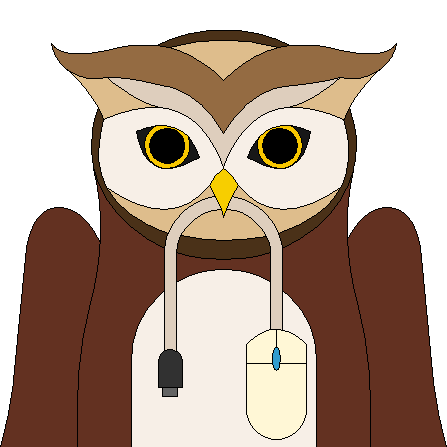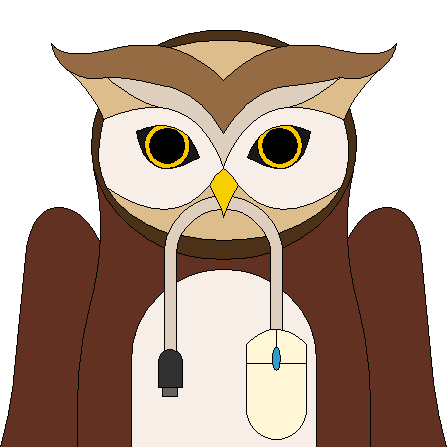
More Maps of Central America and the Caribbean Print this map of Costa Rica
Free Maps, Map Puzzles and Educational Software: Owl and Mouse Educational Software
Costa Rica
Costa Rica was originally inhabited by hunter-gatherer tribes from both the Andean region and Central America, beginning at some time between 10,000 and 7,000 BCE. It wasn't until 15 years after its discovery that the Spanish began to colonize the land. Unlike the rest of Central America, native cultures were slowly absorbed into Spanish culture, creating a unique identity for Costa Rica early on. Today, Birbiri and Boruca tribes still inhabit the mountains thanks to this peaceful beginning.
The area was at first part of the Viceroyalty of New Spain, then part of the Mexican Empire, then part of the Federal Republic of Central America, then part of the Captaincy of Guatemala; it was mostly autonomous until independence. The country was named Costa Rica, meaning 'Rich Coast', despite its reputations as 'the poorest and most miserable of Spanish colonies due to the lack of silver and gold to mine'. The country was prohibited from trading with its southern neighbors, and natives were too sparsely settled to change policy and enslave for large plantations. Despite this perceived drawback that led to the area being fully ignored by Spain, it led to an early egalitarian and democratic social and economic system. Coffee was first planted in 1843, almost immediately becoming Costa Rica's main export and giving the country much-desired income.
The country experienced a short invasion in 1856, when William Walker, an American filibuster, arrived in Nicaragua and proclaimed himself president, then immediately went on to invade Costa Rica. Costa Rica immediately declared war on Walker, and chased him back to Nicaragua. Juan Santa Maria, who suicide bombed Walker's fort, is remembered as a hero while Walker is remembered as an inconvenience. Americans tried to take over again in 1859, but Costa Rica again resisted.
In 1856, the country became a full democracy until 1917, when General Frederico ruled as a military dictator. His reign only lasted two years, however; in 1948 the country erupted into civil war for 44 days. Thankfully, these were the only violent periods in Costa Rica's history since American intervention.
Costa Rica, is home to 14 volcanoes, as well as Cerro Chirripo, the fifth highest peak in Central America. While it holds only 0.1% of the world's landmass, it is home to 5% of the world's diversity, including over 400 kinds of birds and 100 kinds of animals. 25% of the country is environmentally protected, the largest percentage of any country in the world. Costa Rica has done much more than merely reserve land to protect; deforestation had been reduced to almost 0% by 2005, there is a system of payments for environmental services in place, and a tax on water pollution; quite impressive for a developing country. The country also excels at literacy, with a rate of 96.3%.
Area: 51,100 square kilometers
Population: 4,814,144 (215 estimate)


